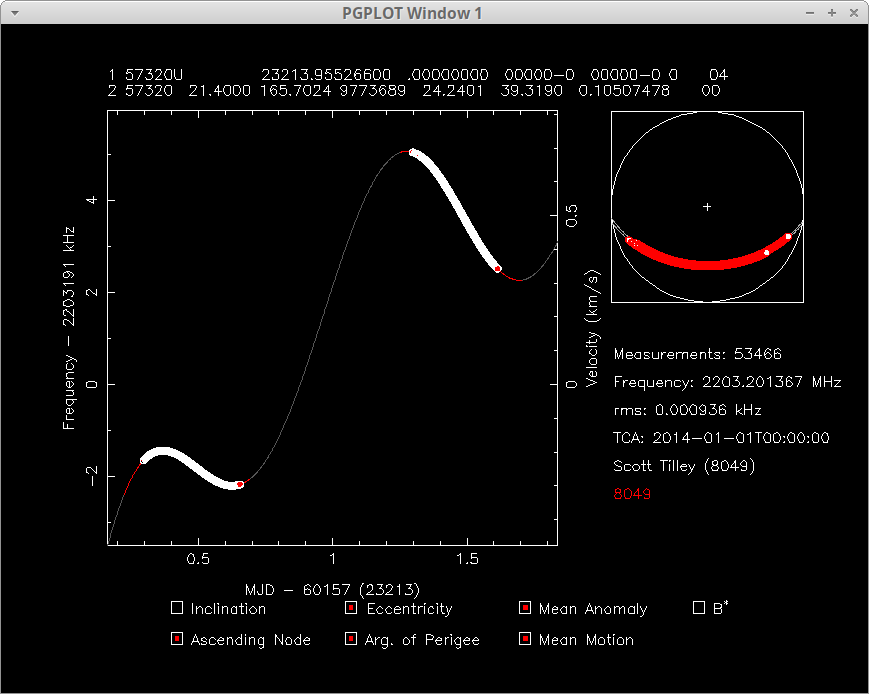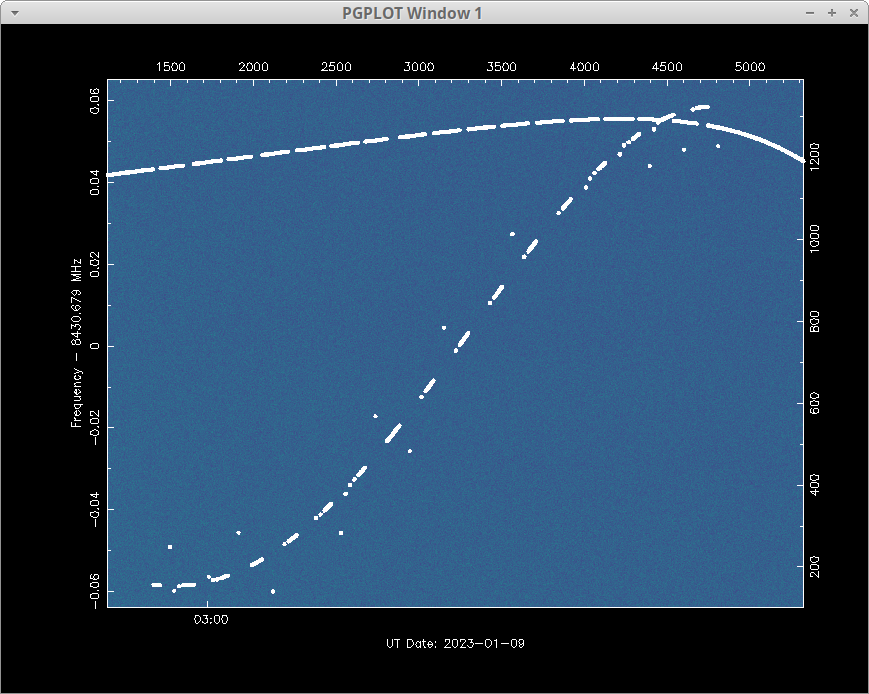Moon rise here at the station. As the Moon clears the trees, an "Emergency" was declared by @roscosmos for #Luna25 as it failed to perform an orbital adjustment burn. Lets discuss how this could affect the mission. 🧵⬇️ 

A telegram post by @roscosmos provides limited information of the status of #Luna25. Apparently, the spacecraft failed to adjust its orbit as planned.⬇️ 

Russian controllers now need to troubleshoot and fix the issue. This is complicated by their lack of a global deep space communications network. So recovery efforts will be limited to when the Moon is visible over Russia due to their geopolitical misadventures... ⬇️ 

The Moon is heading south quite literally.The Moon's orbit is inclined to the Earth and causes it to appear high in the sky in northern latitudes for half the month and the very low in the sky the other part of the month. This will further reduce Russia's time to fix the issue.⬇️ 

The Moon is still rotating under #luna25 and the Russian controllers have only one communications window left before they planned to land. So the clock is ticking...Otherwise they need to delay and pick an secondary landing site. ⬇️
We spacecraft have emergencies they typically enter some sort of 'safe mode'. Assuming #Luna25's issue constitutes that it could have turned on its TT&C beacon and be transmitting constantly. Finally allowing independent observation of the mission. ⬇️
As noted above there still to my knowledge been any public and independent confirmation of #Luna25 activities. 🛑
https://twitter.com/coastal8049/status/1690601273895366656
China doesn't use C-band for spacecraft control.
• • •
Missing some Tweet in this thread? You can try to
force a refresh

 Read on Twitter
Read on Twitter













